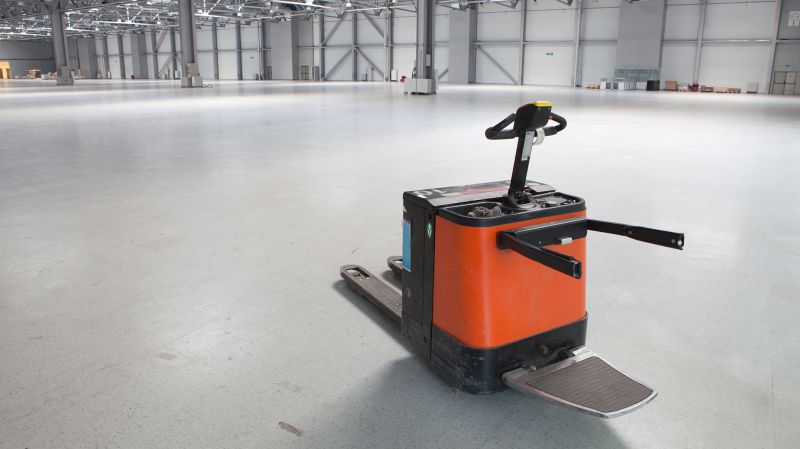Remedying Our Productivity Malaise
Canadian businesses and governments must improve the way we work. Our economic prosperity depends on it

Volkswagen executives and federal, provincial and local government officials recently celebrated their partnership in the next Canadian gigafactory in St. Thomas, Ont., to produce automotive batteries. The announcement promises up to 3,000 new jobs and to revitalize Canada’s automotive sector.
It is good news for Canada. We need more global firms willing to invest in the country. But the $13 billion government investment does not add up.
Matching and even beating competitive bids is common enough, especially in the automotive industry, but the amount involved could likely pay for not only all capital expenditures to establish the plant and all its equipment, but also any related operating expenses for several years.
So why the massive subsidies? They are necessary when a country has little else to bring to the table.
Productivity laggards
Economic productivity is a measure of the rate at which the output of goods and services are produced per unit of input (for example, labour, capital and raw materials).
While Canada ranks among the top countries to live in, our productivity does not even hit the top 10 compared to other countries in the Organisation for Economic Co-operation and Development (OECD). Our productivity grade is a proxy for how well we compete — which is poorly — where productivity is a measure of gross domestic product (GDP) per capita.
Canada is currently ranked 18th, its GDP per hour worked at 42.5 per cent of top-ranked Ireland. Compared to the United States, Canadian productivity diminished by nine per cent between 2000 and 2022, falling to roughly 72 per cent of that of the U.S.
The reasons for Canada’s diminished productivity? While the impact of the Covid-19 pandemic and labour shortages has been significant, this issue pre-dates the pandemic. In 2019, Canada ranked 18th as well.
More relevant is the greater number of small businesses in Canada as a percentage of overall employment. OECD data suggest large companies invest more in productivity-improving technology and training.
But even then, many of Canada’s largest organizations — notably banking and telecommunications firms — are comfortably part of stable oligopolies, with less industry pressure to be more competitive.
Canada’s trades and apprenticeship programs, where many of the people who implement productivity-enhancing measures would come from, are also less developed, especially in comparison to European countries.
Why it matters
Productivity rankings are admittedly abstract. You could read all of this and say: “So what? Most people who want to work can get jobs, and companies like Volkswagen are coming anyway. Why is this a problem?”
First, organizations struggling to find capable people, alongside staffing shortages, can deter or delay growth and opportunities to scale up. Customers who cannot get what they want while businesses struggle with capacity may go elsewhere, and labour shortages can lead to higher wages and higher prices for goods and services.
Next, foreign investment. Volkswagen will use much of its government investment towards automation and productivity-enhancing technology.
But the deal also sets a dangerous precedent. Other firms may look at Canada’s productivity record — more specifically, at the lack of other large-scale applications of technology — and avoid investing here without significant subsidies.
A similar project announced in 2022 with Stellantis NV and its partner LG Energy Solutions received $1 billion in subsidies. They are now indicating the support isn’t enough and are demanding much more.
Recent government budgets tabled in Canada highlight the need for a focus on productivity, and other countries are not standing still. U.S. President Joe Biden’s State of the Union address earlier this year emphasized productivity, while his Inflation Reduction Act promised US$500 billion in related new spending.
Government leadership
Canada’s productivity struggles are seen in many areas: Our health-care system is stretched to the limit. Public transit is a couple of generations behind other developed markets. All this despite Canada being among the most heavily taxed countries in the world.
At the intersection of government and the private sector is our dismal performance on large-scale infrastructure projects, such as pipelines, transportation and energy. Canada’s ability to move resources to market, enable workers to commute efficiently and execute large-scale projects takes twice as long and costs twice as much when compared to similar projects in Europe and other markets.

In his book Beyond Reengineering, noted American business thinker Michael Hammer said past success and growth were the result of demographics. While this might be an exaggeration, it isn’t much of one.
Australia, a resource-driven economy much like Canada’s, has improved its productivity over the last 20 years and is now performing five per cent better than Canada.
Boosting technical trades
Businesses surely have a role to play in upping productivity, but government must lead the way. One area to start: funding and tax incentives for investments in technology. Right now, the process is cumbersome and funding amounts lag the U.S.
Additionally, companies lack talent with the knowledge and skills to apply this “free money.” Government needs to streamline the application process and speed up the transfer of funds.
It must also invest in technical trades education; speed up licensing and visa processing for foreign workers; incentivize training and research and development; and drastically expand infrastructure and health-care investment. The core objective should be not only to enable organizations to operate at full capacity but to improve the talents of that capacity.
A significant amount of responsibility also remains with business. We need to look at our processes and the way we work and evaluate how technology solutions — from apps to automation — can be applied to fill gaps. Firms are struggling with labour shortages; if we cannot fill the job, we must change the way we perform the job.
It can be done. I have been part of organizations that drive efficiency and productivity relentlessly. They remove a constraint here, tweak a process there, reconfigure tooling or install a robot to improve throughput.
Canada needs to improve the way we work. Improving our productivity ranking will take years, but by taking steps in education, in the private sector and in government, we can hopefully attract the type of project Volkswagen is committing to — and without massive subsidies.
Increasing productivity and improving the way we work is the only sustainable, long-term strategy to increase national wealth. At least then if we choose to write a cheque, we can afford it.
Barry Cross is Distinguished Faculty Fellow of Operations Strategy at Smith School of Business and author, most recently, of Simple: Killing Complexity for a Lean and Agile Organization. This essay was first posted on The Conversation.